-
 bitcoin
bitcoin $109523.663807 USD
-0.13% -
 ethereum
ethereum $4019.526508 USD
2.06% -
 tether
tether $1.000482 USD
0.00% -
 xrp
xrp $2.776815 USD
0.18% -
 bnb
bnb $958.942396 USD
0.12% -
 solana
solana $204.294698 USD
3.84% -
 usd-coin
usd-coin $0.999693 USD
0.00% -
 dogecoin
dogecoin $0.232115 USD
2.09% -
 tron
tron $0.338028 USD
0.84% -
 cardano
cardano $0.790920 USD
1.50% -
 hyperliquid
hyperliquid $44.871443 USD
5.60% -
 ethena-usde
ethena-usde $1.000322 USD
0.04% -
 chainlink
chainlink $21.034165 USD
2.60% -
 avalanche
avalanche $28.794831 USD
-0.54% -
 stellar
stellar $0.360466 USD
1.24%
Is a long lower shadow accompanied by large volume a sign of major accumulation or selling?
A long lower shadow with high volume after a downtrend may signal bullish reversal, especially if confirmed by support levels, rising institutional buying, and reduced exchange inflows.
Sep 17, 2025 at 01:01 pm
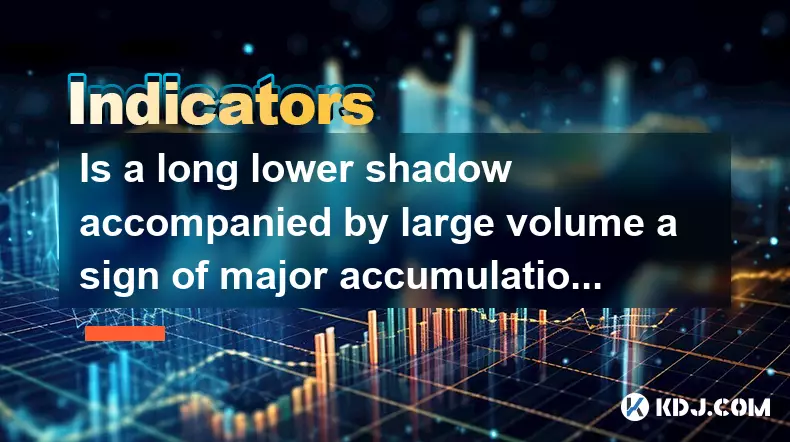
Understanding the Long Lower Shadow in Candlestick Patterns
1. A long lower shadow on a candlestick chart indicates that the price dropped significantly during the trading period but recovered to close near or above the opening level. This movement suggests strong buying pressure emerged after initial selling. The longer the shadow, the more pronounced the rejection of lower prices.
2. When this pattern appears after a downtrend, it often signals potential reversal momentum. Traders interpret the long lower shadow as buyers stepping in aggressively to defend a price level. The fact that sellers pushed the price down but failed to maintain control strengthens the case for bullish sentiment.
3. However, context matters greatly. If the same pattern forms during a strong downtrend without other confirming indicators, it may simply represent temporary relief rather than sustained accumulation. Market structure, support levels, and broader trend alignment influence how reliable the signal is.
The Role of High Trading Volume
1. Large volume accompanying a long lower shadow adds credibility to the reversal hypothesis. Elevated volume shows increased participation, meaning more market participants are involved in the price recovery. This activity could point to institutional or whale involvement.
2. High volume during the formation of a long lower shadow often reflects aggressive buying from deep-pocketed players who absorb sell orders. These entities may be accumulating positions at what they perceive as discounted levels, especially if the asset has been oversold.
3. In contrast, high volume can also stem from panic selling followed by short covering. If leveraged traders are forced out due to margin calls, the resulting volatility might mimic accumulation behavior. Distinguishing between genuine accumulation and noise requires deeper analysis of order book dynamics and funding rates.
Accumulation vs. Distribution: Key Differentiators
1. True accumulation typically occurs over multiple sessions, not just one candle. A single long lower shadow with high volume may mark the start of accumulation, but confirmation across subsequent candles increases reliability. Look for follow-through buying in the next few periods.
2. Persistent low volatility after the spike, tightening ranges, and gradual price uplift suggest underlying demand is building. These conditions align with smart money slowly acquiring assets without triggering excessive upward movement that would draw retail FOMO.
3. On the flip side, if the price fails to hold gains and drops below the low of the long-shadow candle, the initial strength was likely deceptive. That scenario supports the idea of a shakeout rather than real accumulation—sellers used the dip to offload holdings while creating an illusion of bottoming.
Market Context and Confirmation Signals
1. Technical confluence enhances the validity of the long lower shadow. When it forms near a known support zone, Fibonacci retracement level, or previous swing low, the probability of successful reversal improves. These areas naturally attract buyer interest.
2. Indicators like RSI exiting oversold territory, bullish divergence on volume-weighted moving averages, or declining negative funding rates in perpetual markets provide additional layers of validation. They help filter false signals generated by isolated volatile candles.
3. On-chain metrics can further clarify intent. For instance, rising exchange outflows coinciding with the long lower shadow suggest coins are being moved to cold storage—an accumulation-friendly behavior. Conversely, spikes in exchange inflows hint at potential distribution despite the bullish-looking candle.
Frequently Asked Questions
Can a long lower shadow with high volume occur during a bearish trend continuation?Yes. Such a pattern may form when short-sellers take profits temporarily, causing a bounce. Without follow-up buying, the downtrend resumes. This makes it a trap for bulls expecting reversal.
How do you differentiate between retail and institutional buying in these patterns?Institutional footprints often show up as steady absorption of sell walls without dramatic price surges. Retail-driven rallies tend to be sharper and less sustainable, usually fueled by social media hype or sudden news events.
Does the time frame affect the significance of the long lower shadow?Absolutely. On higher time frames like daily or weekly charts, a long lower shadow carries more weight because it represents extended decision-making periods. Shorter time frames are more prone to noise and manipulation.
What role does market cap play in interpreting this signal?Lower-cap altcoins are more susceptible to pump-and-dump schemes. A long lower shadow with huge volume in such assets may reflect coordinated manipulation rather than organic accumulation. Larger-cap assets tend to display more authentic institutional behavior.
Disclaimer:info@kdj.com
The information provided is not trading advice. kdj.com does not assume any responsibility for any investments made based on the information provided in this article. Cryptocurrencies are highly volatile and it is highly recommended that you invest with caution after thorough research!
If you believe that the content used on this website infringes your copyright, please contact us immediately (info@kdj.com) and we will delete it promptly.
- Bitcoin, mNAV, and Treasury Companies: A New York Perspective
- 2025-09-28 04:25:14
- BNB Price and the Rise of BlockchainFX: The Crypto Presale to Watch
- 2025-09-28 04:25:14
- Trump, WLFI, and the Token Burn: Can Burning Crypto Make it Great Again?
- 2025-09-28 04:45:15
- James Wynn's 3x Leveraged Crypto Gamble: ASTER Airdrop or Bust?
- 2025-09-28 04:45:15
- Frank Zappa's 'One Size Fits All' Turns 50: Still the Perfect Fit?
- 2025-09-28 04:50:11
- Bitcoin Miners Pivot: TeraWulf and the AI Data Center Gold Rush
- 2025-09-28 04:30:01
Related knowledge
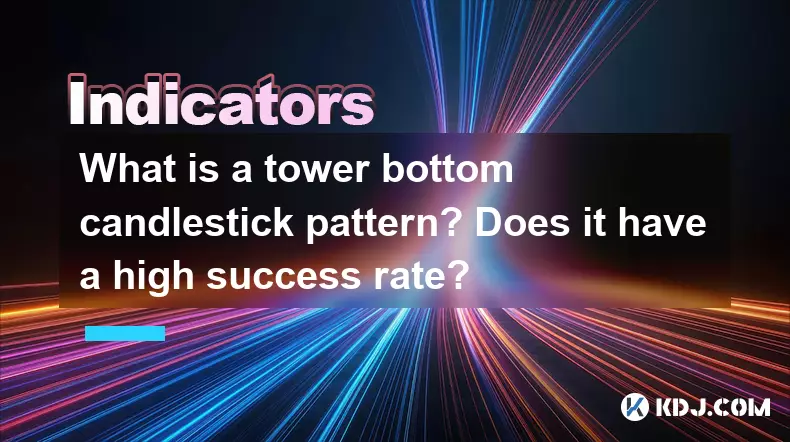
What is a tower bottom candlestick pattern? Does it have a high success rate?
Sep 22,2025 at 07:18am
Tower Bottom Candlestick Pattern Explained1. The tower bottom candlestick pattern is a reversal formation that typically appears at the end of a downt...
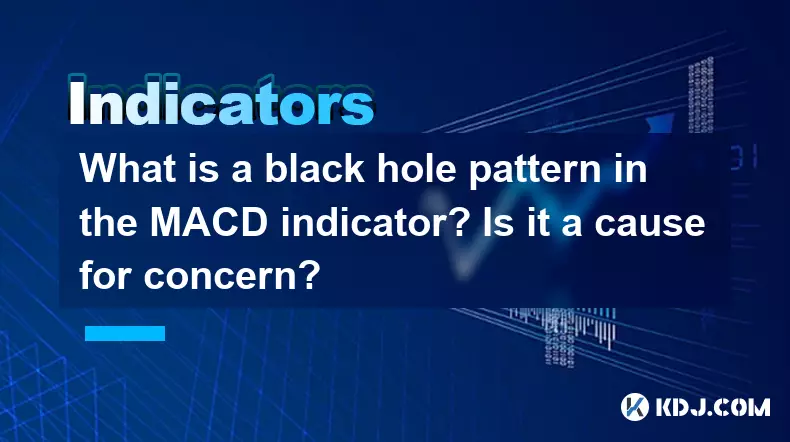
What is a black hole pattern in the MACD indicator? Is it a cause for concern?
Sep 21,2025 at 06:54pm
Bitcoin's Role in Decentralized Finance1. Bitcoin remains the cornerstone of decentralized finance, serving as a benchmark for value and security acro...

How can I use the psychological line (PSY) to determine market sentiment?
Sep 17,2025 at 02:19pm
Understanding the Psychological Line (PSY) in Cryptocurrency TradingThe Psychological Line, commonly referred to as PSY, is a momentum oscillator used...
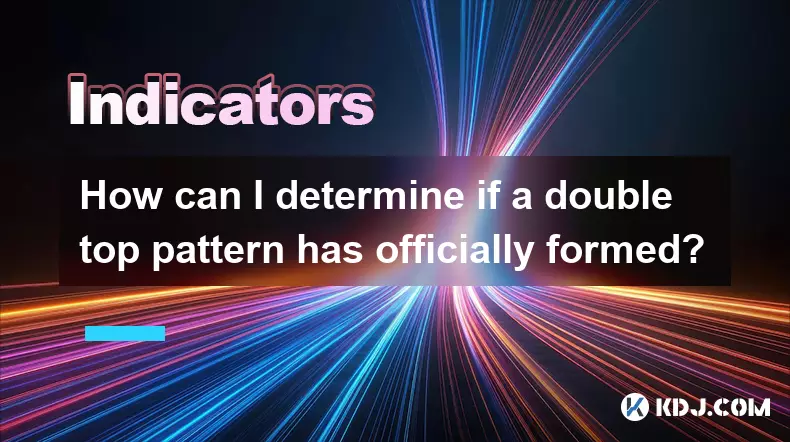
How can I determine if a double top pattern has officially formed?
Sep 21,2025 at 03:18am
Understanding the Structure of a Double Top Pattern1. A double top pattern consists of two distinct peaks that reach approximately the same price leve...
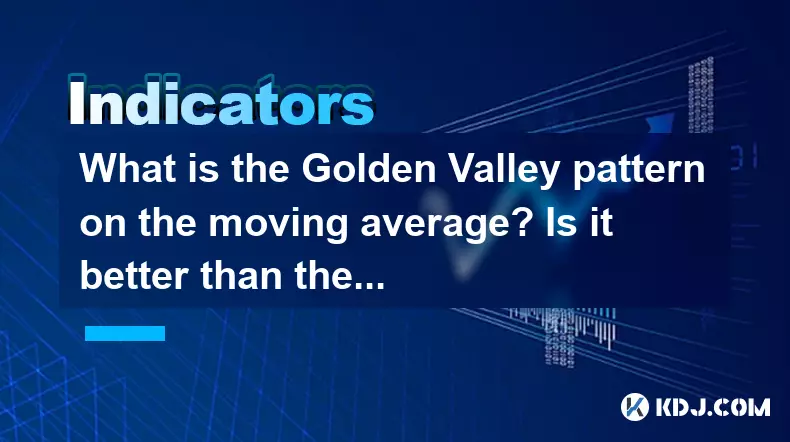
What is the Golden Valley pattern on the moving average? Is it better than the Silver Valley pattern?
Sep 21,2025 at 02:54pm
Understanding the Golden Valley Pattern in Moving Averages1. The Golden Valley pattern is a technical formation observed in cryptocurrency price chart...

What does a death cross of the RSI in the strong zone (above 50) mean?
Sep 17,2025 at 10:54pm
Understanding the Death Cross in RSI Context1. The term 'death cross' is traditionally associated with moving averages, where a short-term average cro...

What is a tower bottom candlestick pattern? Does it have a high success rate?
Sep 22,2025 at 07:18am
Tower Bottom Candlestick Pattern Explained1. The tower bottom candlestick pattern is a reversal formation that typically appears at the end of a downt...

What is a black hole pattern in the MACD indicator? Is it a cause for concern?
Sep 21,2025 at 06:54pm
Bitcoin's Role in Decentralized Finance1. Bitcoin remains the cornerstone of decentralized finance, serving as a benchmark for value and security acro...

How can I use the psychological line (PSY) to determine market sentiment?
Sep 17,2025 at 02:19pm
Understanding the Psychological Line (PSY) in Cryptocurrency TradingThe Psychological Line, commonly referred to as PSY, is a momentum oscillator used...

How can I determine if a double top pattern has officially formed?
Sep 21,2025 at 03:18am
Understanding the Structure of a Double Top Pattern1. A double top pattern consists of two distinct peaks that reach approximately the same price leve...

What is the Golden Valley pattern on the moving average? Is it better than the Silver Valley pattern?
Sep 21,2025 at 02:54pm
Understanding the Golden Valley Pattern in Moving Averages1. The Golden Valley pattern is a technical formation observed in cryptocurrency price chart...

What does a death cross of the RSI in the strong zone (above 50) mean?
Sep 17,2025 at 10:54pm
Understanding the Death Cross in RSI Context1. The term 'death cross' is traditionally associated with moving averages, where a short-term average cro...
See all articles









































































